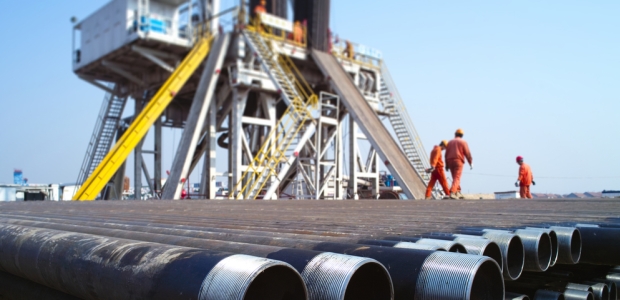
Data: Transforming Your Work Site
The benefits of leveraging data for on-site workers' protection, as well as a company's operations, must be realized.
- By Larry Medina
- Jan 01, 2017
What are the top industries that come to mind when one thinks about big data? Industries that first come to mind are the health care and financial services industries, which rely heavily on data gathering and analysis to improve outcomes and predict trends, respectively. The oil & gas industry is not thought of being one of the leaders in regular data assessment. Surprising to some, however, the industry may not be too far behind at all. With increasingly innovative safety solutions designed to aggregate and wirelessly transfer data, the majority of work sites may soon find themselves relying on this information in a similar fashion—to develop actionable tactics that increase operational efficiency, but most importantly, improve safety.
The challenge in the widespread adoption of these new processes and solutions is companies' concern related to limited resources. According to a Bain & Company survey of more than 400 energy sector executives, only 4 percent noted their companies "have the capabilities to use advanced data analytics to deliver tangible business value."1 But the desire is evident—89 percent of respondents in an Accenture and Microsoft survey of national and international oil & gas companies, independents, and oilfield services firms believe in the power of data and analytics, and 80 percent of respondents plan to invest in these practices during the next three to five years.2
To bridge that gap between companies' current capabilities and the industry's shifting attitude, the benefits of leveraging data for on-site workers' protection, as well as a company's operations, must be realized. From implementing new methods that streamline and enhance production phases to analyzing geologic data to maximize safety practices, the opportunities are plentiful for those willing to invest the time and energy to transform their work site.
"Transformation," however, does not need to happen overnight, nor will it. For reluctant companies, begin by assuming a "slow down to speed up" mindset. Easily implementable solutions exist on the market that can provide a stepping stone to the world of data use, without burdening existing processes and workforce. These devices can assist in the data collection process and help companies glean insights to increase workflow and improve safety.
Wireless Gas Monitoring Capabilities
Companies that integrate area monitoring gas detection devices can utilize their existing infrastructure to gather pertinent information, which includes: the gas type and concentration present, gas fluctuations over time, wireless behavior patterns, and the battery charge level. The device can then transfer this information to plant managers and safety officials in real time, allowing streamlined communication between supervisors and on-site workers, as well as serving as a resource for continuing to improve operational efficiencies.
Wireless capabilities can be exponentially beneficial in instances where workers perform at-risk tasks, such as tank maintenance. Through simultaneous hazardous gas monitoring and device functions, companies have the ability to trigger an alarm from up to 3 miles away, notifying workers of potential threats. Further, day-to-day benefits can be experienced, particularly through minimizing manual tasks and reducing avoidable risk.
Rather than manually checking deployed units for functionality or low voltage warnings, companies will get alerts delivered to a remote, central workstation. Additionally, if a unit becomes disconnected, workers will be alerted immediately, whereas historically this error would have been identified only upon physical inspection. This greatly reduces the potential risk of exposure to hazardous gases, which ultimately helps companies use and safeguard their manpower in the most efficient way possible.
From a long-term perspective, companies can identify work site trends, helping to shape future best safety practices. The data becomes a resource from which companies can pull for greater education, such as monitoring how the presence of a particular hazardous gas fluctuates over time or identifying the top areas of risk on a work site.
Furthermore, companies can point to this data to support regulatory compliance. In times of an audit, companies can demonstrate compliance by sharing all of the gathered information, pointing to specifics to showcase their on-site safety practices.
Reaping the Rewards
As companies continue to identify methods of increasing work site efficiencies and safety, those that not only consider how data can unveil the intricacies and uniqueness of each work site to help inform strategic tactics and impact the bottom line, but also those who implement it, will reap the greatest reward.
References
1. http://www.bain.com/Images/BAIN_BRIEF_Big_Data_analytics_in_oil_and_gas.pdf
2. https://newsroom.accenture.com/news/oil-and-gas-industry-investment-in-digital-technologies-shows-resilience-in-oil-price-downturn-accenture-and-microsoft-survey-reports.htm
This article originally appeared in the January 2017 issue of Occupational Health & Safety.